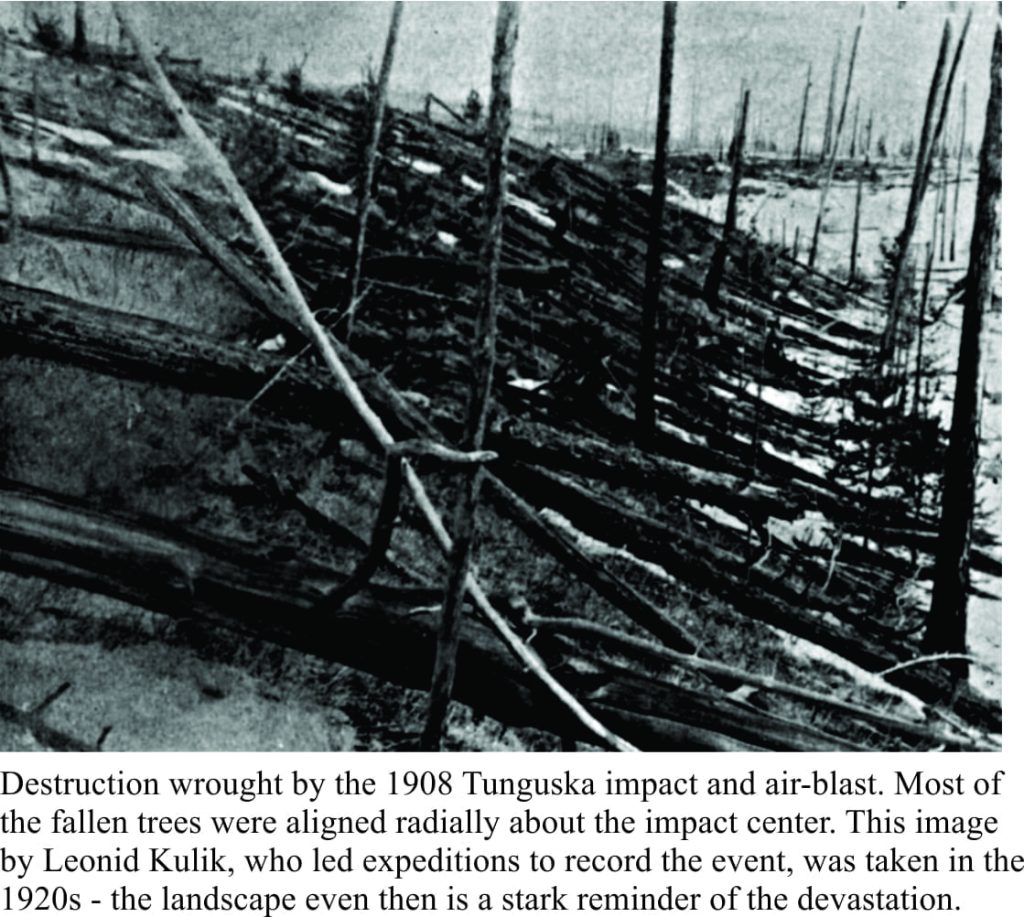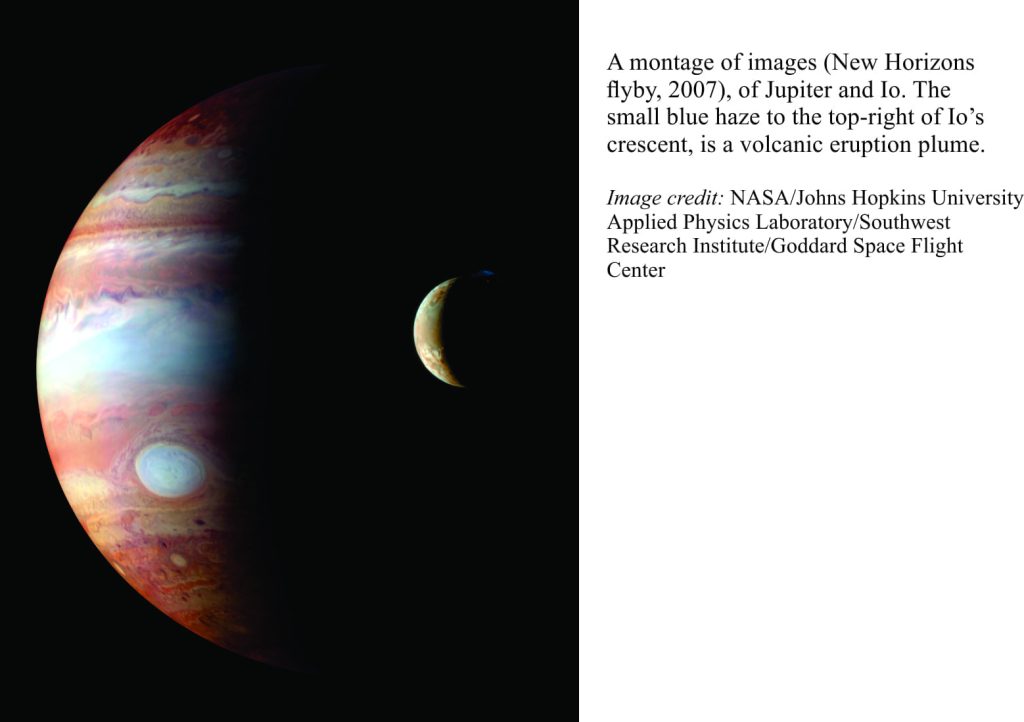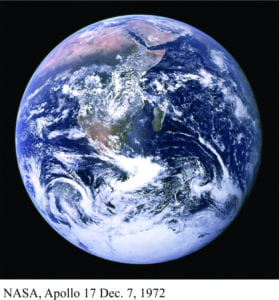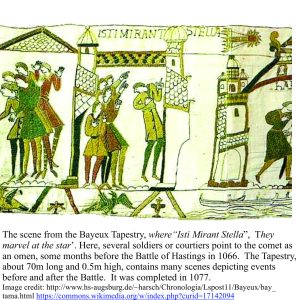The media love natural disasters, even those that don’t exist. Last week (early October, 2017), dramatic footage of a (simulated) super-volcano eruption beneath Auckland city was aired by several international media outlets, with headlines announcing the city’s calamitous destruction. But there is no super-volcano beneath Auckland. The excitement was short-lived. While Auckland smouldered (as if that wasn’t enough), it was announced that New Zealand’s North Island could experience a subduction zone earthquake that, in its aftermath, would leave 1000s dead. An interesting backdrop to New Zealand’s recent election. Having scared the local population to death, our purveyors of science moved on to the next concern; other “what ifs…”.
Asteroid impacts are no longer de rigueur; perhaps it’s the turn of super-volcanoes’, or because NASA and the European Space Agency (ESA) have stated, with some confidence, that no large impacts are expected within the next 100 years. And whereas the media may find this Continue reading





